Our 24/7 news cycle is dominated by increasingly surreal stories of our President’s actions. If you, like me, have found yourself subscribing to multiple news outlets to support good journalism, such as The Washington Post (whose “Democracy Dies in Darkness” motto is as good as it gets), this story is for you.
Here is an adventure that answers the question of how a newspaper lands on your front stoop every day. It unpacks some of the magic of the process, and provides fodder for conversations about the work of journalists, the perils of bots and fake news, and the freedoms protected by our Constitution. Over at Common Sense, we have a new toolkit that can help you raise news literate kids. With over 21 articles and 13 videos, there’s plenty of material to help you get kids ready for this fall’s election cycle, which will undoubtedly be filled with false and misleading stories.
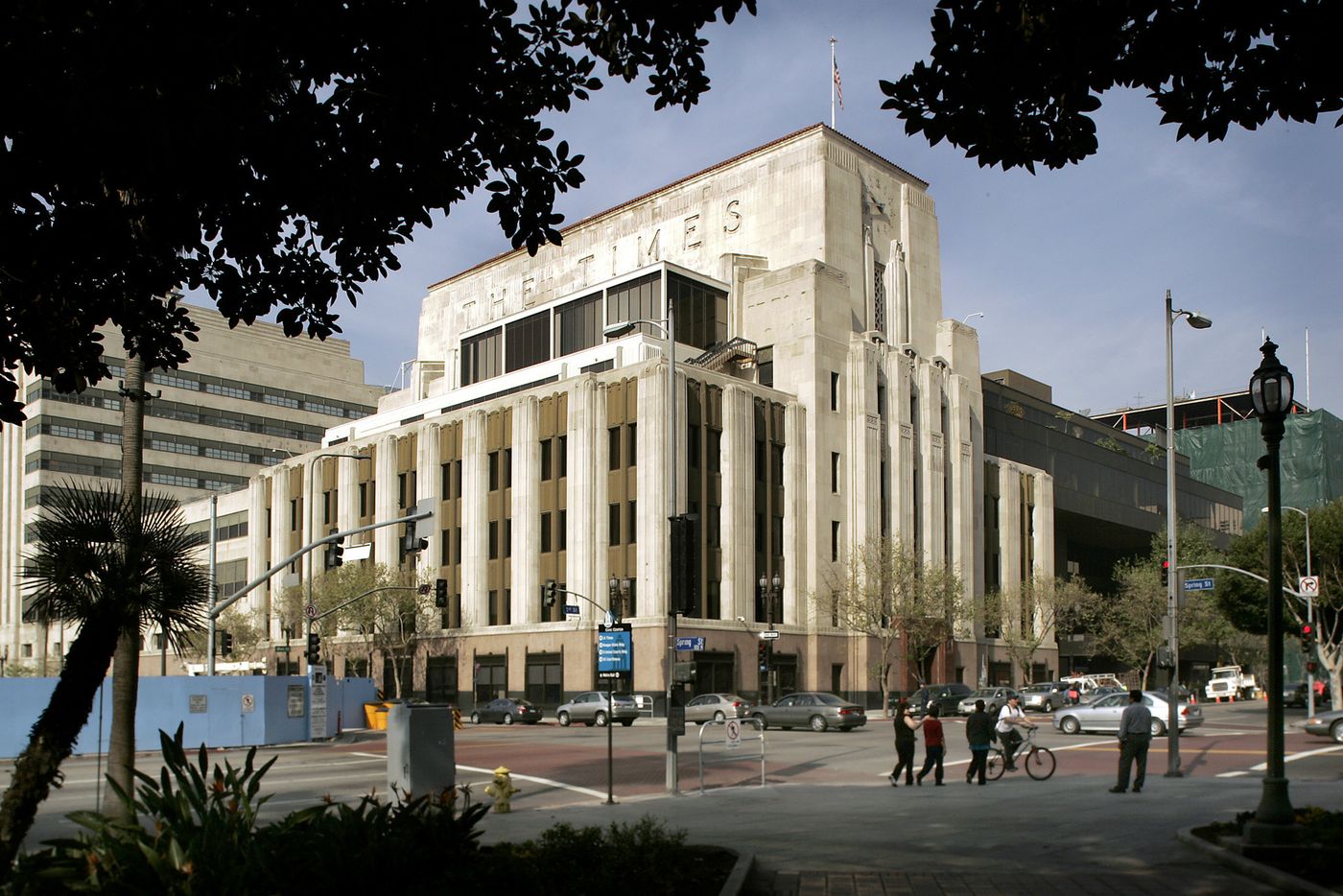
A few years back, the kids and I toured the newsrooms and presses of the Los Angeles Times. We started in the lobby of the old Times Mirror Building, which impressed us with it’s regal importance. We half expected Clark Kent to duck around a column and slip into the city. Next, we took a gold art deco elevator to the newsroom, where we gawked at reporters at work (shirtsleeves rolled up, and all) and got a memorable glimpse of the paper’s famous test kitchen. Although the newsrooms were mundane compared to the glamorous lobby, we felt we’d visited the belly of the beast, and learned how the news gets written.
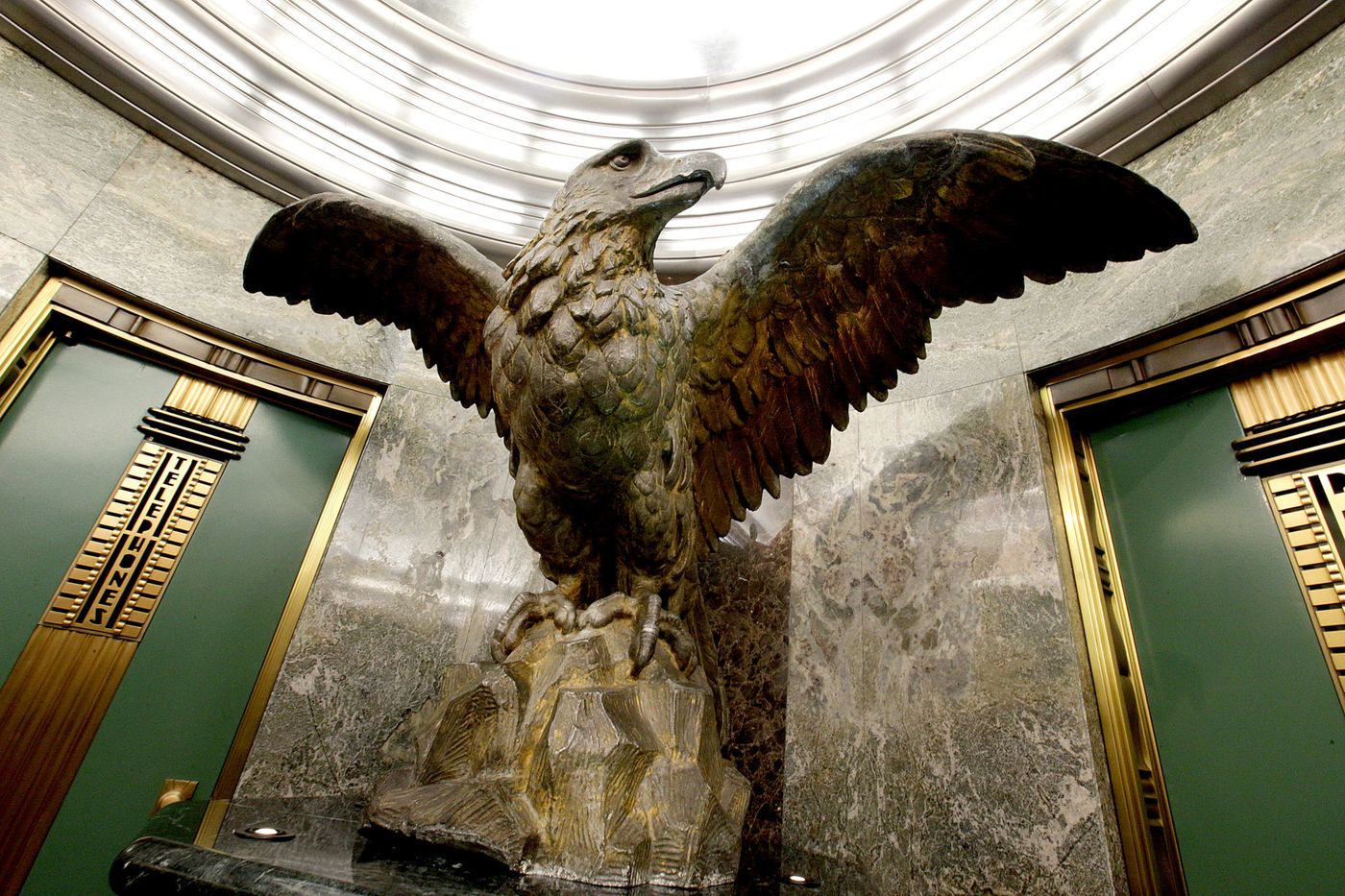
The best part of our LA Times tour was going inside the Olympic Printing Plant, where the newspaper gets printed. Each week, 3,764,858 complete newspapers roll off of the presses. The kids absolutely loved this part of the tour – witnessing the mammoth three-and-a-half- story presses at work is an indelible experience. Robotic vehicles tote huge rolls of paper to the presses. Streams of clean paper get whisked up to the ceiling to be inked and come down again as the pages of our paper. And the noise of the presses rolling is deafening! Learning how the paper gets assembled was cool, too. As each section is finished, it gets trucked to the distribution points. The features are printed first, and late-breaking sections, such as the California and Sports sections, go last. We found it pretty interesting to learn that the front page doesn’t always have the most recent stories. And, it is the delivery folks that actually assemble the paper, put it in the plastic bag and drop it at your home. (So, remember to tip them during the holidays!).
Good news for Angelenos – Tours of the printing press are still bookable and they’re free. The Times Mirror building part of the tour is now closed – the LA Times has moved it’s office to El Segundo (see below), and tours of that facility are not yet available. But the presses deliver on all the fun: it’s a fun summer adventure that takes about an hour. After, explore some cafes and galleries in the Arts District.
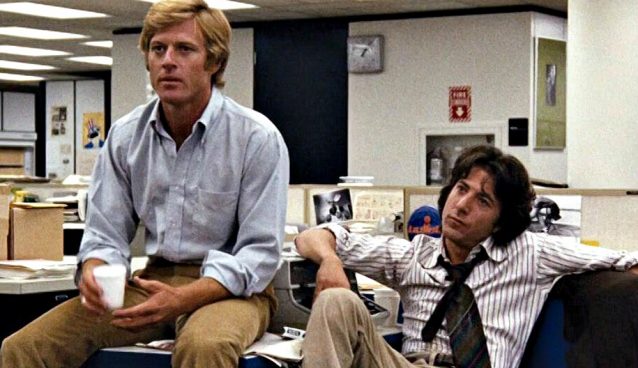
Inspiration for your trip: The whole experience delivered on the promise of classic films about reporters in newsrooms in the big city. To get ready for this experience, consider a few excellent movies about journalists. Our favorite, “All the President’s Men,” tells the true story of how Bob Woodward and Carl Bernstein (played by Robert Redford and Dustin Hoffman) broke the Watergate story and brought down President Nixon. The 1976 movie features two fabulous actors at the height of their acting powers in a true telling of a story that by being reported and published, changed the course of history. And, the film shows the hard work of following leads and verifying sources. It doesn’t glamorize the process, and may go a little way to help kids respect the tireless work of journalists.
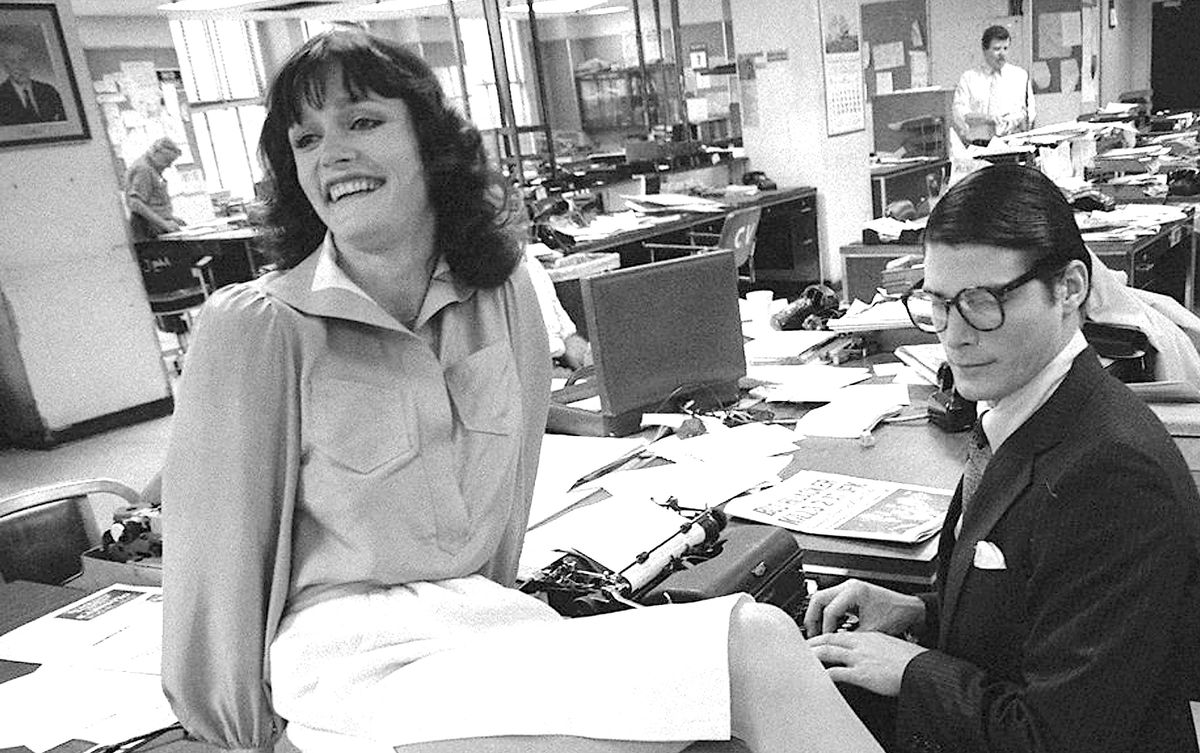
IMAGE: NY DAILY NEWS VIA GETTY IMAGES
Of course, there is “Superman”, in which a shy Clark Kent transforms into Gotham City’s caped savior. This one actually holds up, if you don’t mind a little aw-shucks camp. We loved “Spotlight”, perhaps because the story about toppling the Catholic Church in Boston was so satisfying (and shocking to my California kids). But also, because the meticulous work of reporting is the heart of the film. We also loved “The Post,” Steven Spielberg’s tale about The Washington Post, which got a bit sidelined in last year’s awards season. But the film stands up as one you can show kids. Common Sense says 13+, and the climax is filled with shots of deafening presses going to print on the story to Kay Graham risked her career to publish. A nice echo to the experience of visiting the presses at the LA Times.
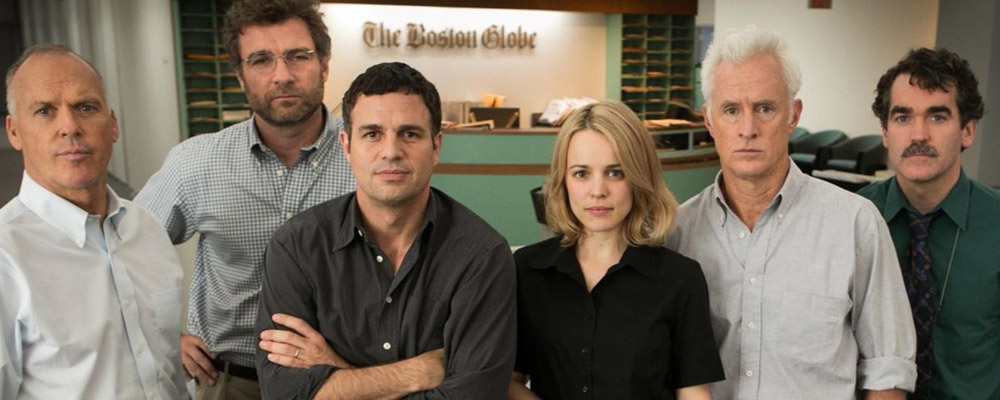
Another great throw-back choice is “His Girl Friday” with Cary Grant and Rosalind Russell. These two stars talk so fast you can’t believe it, and for throwback rom-com, it can’t be beat.

Teaching News Literacy to your Kids: The power of the truth was the star in each of these films. It feels like that power is slipping away under the current administration. The President defies the truth with every new tweet, and online platforms ping us with a mind-numbing cadence of “breaking-news”.
Teaching kids how to discern between fake news and rigorous journalism has become a key parenting staple in the digital age. Think of it this way – you want your kids to grow up asking questions about who is telling them something, and why. Everything from a commercial, to a television show, to a story on social media. That’s how being a savvy media consumer starts. Teaching kids to think about sources and the motivation behind each story arms them for a life online.
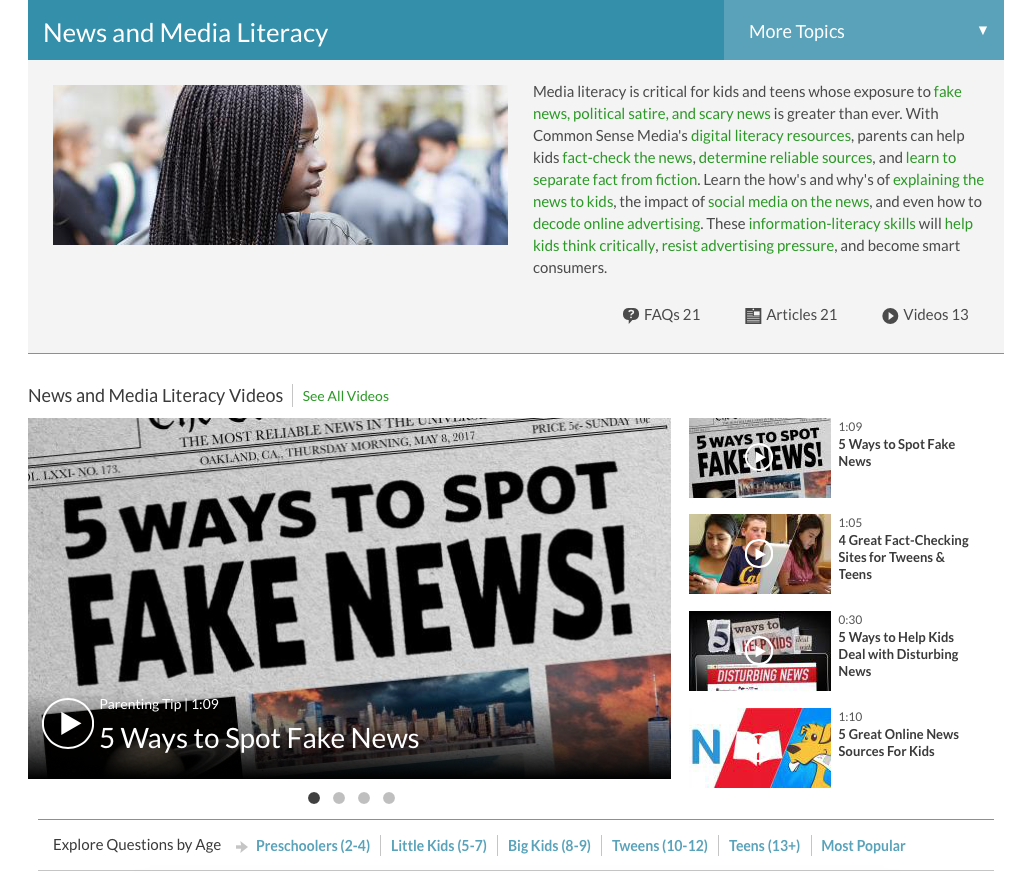
It’s something we think about a lot at Common Sense (where I work as the Director of Los Angeles). If you care about teaching your kids about media literacy, spend a little time poking around the site. Our new News and Media Literacy Tool Kit has over 20 articles targeted at specific age ranges, so you’ll find something geared for your family. These are skills your kids need to write good papers, and having smarts about what they see online will help them in every other part of their lives, as well. Look at quick, informative videos (“How to Spot Fake News”) to jumpstart a conversation and employ new vocabulary (“clickbait” and “advertorial”) to unpack the many ways that we are being manipulated online.
Start by sprinkling these basic questions into normal conversations whenever you and your kids encounter a piece of media:
- Who made this?
- Who is the target audience?
- Who paid for this? Or, who gets paid if you click on this?
- Who might benefit or be harmed by this message?
- What is left out of this message that might be important?
- Is this credible (and what makes you think that)?
(Thanks to Project Look Sharp for these questions.)
Here’s what you need to know about free public tours of the Los Angeles Times printing facility in downtown L.A.
- Reservations are required and are available each month.
- Participants must be at least 8 years of age.
- Maximum capacity per tour is 60.
- Tours average 1-hour in length.
- We allow photography, but no recording of the tour.
- Tours are wheelchair accessible.
For tour information, please email Darrell.Kunitomi@latimes.com. Darrell will arrange everything for you and will also be your tour guide!

BONUS: The Los Angeles Times is moving from it’s iconic home in DTLA to a shiny new space in El Segundo under the aegis of new owner, Patrick Soon-Shiong. Reporters will be upending their lives to travel all the way to the coast to do their jobs. As they reflect on the change, a few have written about the venerable edifice as it is being abandoned. Here is a nice analysis of the building’s style and history by Carolina Miranda (aka @culturemonstah). Here is another story about efforts to convert the Times Mirror into a historic building.

